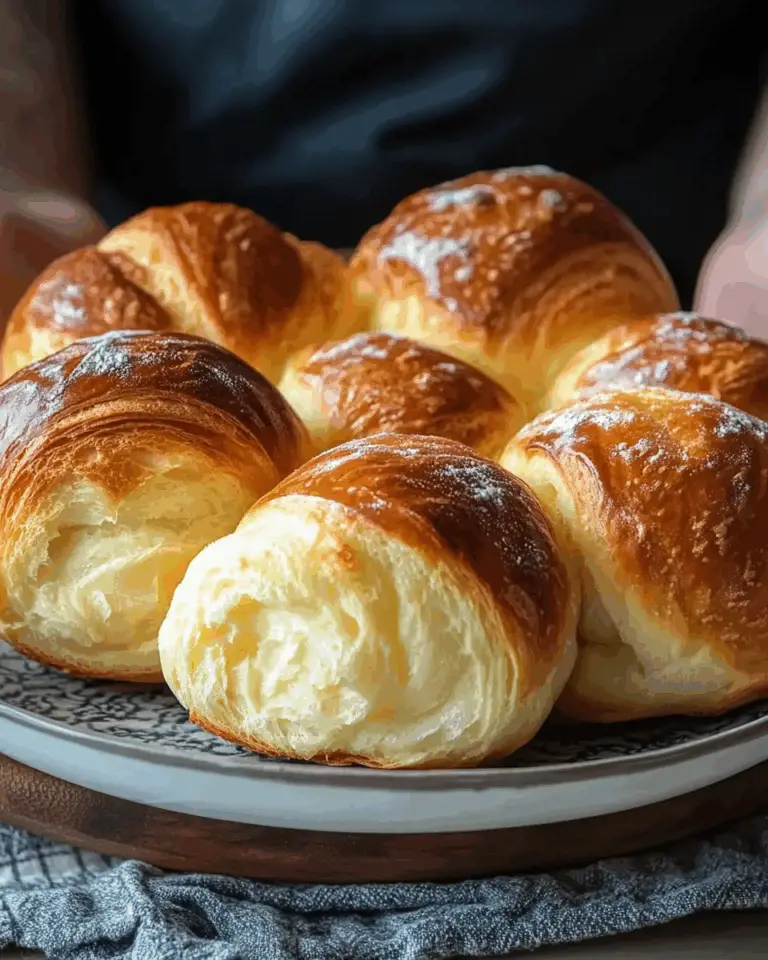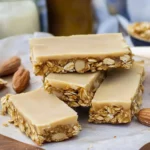The Unique Characteristics of Brioche Dough
Brioche dough is celebrated for its enriched nature, meaning it contains a generous amount of butter and eggs, setting it apart from leaner breads. This enrichment gives the dough a tender crumb, rich taste, and soft, almost cake-like texture. Incorporating warm milk in the dough adds moisture and helps activate the yeast gently, encouraging a consistent rise and contributing to the final softness.
Unlike ordinary bread rolls, brioche requires a bit more care during mixing and kneading to develop the gluten structure that supports the rich fat content. The kneading process is essential to achieve elasticity and strength in the dough, allowing it to rise well without becoming dense. The result is a light and fluffy roll with a slightly golden crust that offers just the right balance of softness and structure.
The Role of Warm Milk and Butter
Milk acts as both a tenderizer and flavor enhancer in these rolls. The warm milk not only activates the yeast but also improves the dough’s extensibility, meaning it can stretch without tearing during shaping and rising. Milk solids add flavor and contribute to a golden crust through the Maillard reaction during baking.
Butter, meanwhile, enriches the dough, making it supple and tender. The fat coats the flour proteins, limiting gluten development to a degree, which leads to a more tender crumb. Butter also adds a luxurious mouthfeel and depth of flavor that distinguishes brioche rolls from other breads. When brushed on top after baking, melted butter adds extra softness and a shiny, inviting finish.
The Art of Kneading and Proofing
Kneading brioche dough properly is crucial to success. Due to the high fat content, the dough can initially feel sticky and soft, but with persistent kneading, it becomes smooth and elastic. This step develops the gluten network necessary to trap the gases produced by yeast fermentation, which in turn gives the rolls their airy texture.
The dough requires two rising periods, also known as proofing, to develop flavor and volume. The first rise allows the dough to double in size, building structure and complexity in taste. The second rise after shaping the rolls ensures that the individual buns become light and puffy. Proper proofing affects not only texture but also the final appearance of the rolls, giving them that characteristic rounded, soft top.
Versatility in Serving and Pairing
Milk Brioche Rolls are incredibly versatile, making them suitable for a wide range of culinary applications. Their mild sweetness and tender crumb pair beautifully with savory dishes like soups, stews, and roasts, where they can be used for dipping or soaking up flavorful sauces. As sandwich buns, they elevate simple fillings such as ham and cheese, roasted vegetables, or pulled meats with their soft texture and rich flavor.
They also work well as breakfast rolls, toasted lightly and spread with butter, jam, or honey. Their buttery, slightly sweet taste complements both sweet and savory toppings, offering endless breakfast or snack possibilities. Additionally, these rolls make excellent bases for sliders or mini sandwiches at parties and gatherings, impressing guests with their homemade quality.
Baking Considerations and Tips
Baking milk brioche rolls requires careful attention to temperature and timing. Baking at a moderate oven temperature ensures the rolls cook evenly through the center without burning the exterior. Achieving a golden brown crust signals that the Maillard reaction has occurred, contributing to both flavor and appearance.
Allowing the rolls to cool slightly before serving helps the crumb set, making them easier to slice without compressing. Brushing the rolls with melted butter right after baking keeps the crust soft and adds a subtle sheen, enhancing both texture and presentation.
For best results, it’s important to measure ingredients accurately and maintain the warmth of the milk to keep the yeast active without overheating. Overproofing the dough can cause the rolls to collapse or have a coarse crumb, while underproofing results in dense, heavy rolls.
Nutritional Insights
Milk Brioche Rolls provide a balanced source of carbohydrates, protein, and fats, offering moderate calories per serving. The protein content from eggs and milk supports muscle repair and satiety, while the fats from butter contribute to energy and a satisfying mouthfeel. The slight sugar content enhances flavor and contributes to yeast activation during fermentation.
These rolls contain minimal fiber, so pairing them with fiber-rich foods like vegetables or whole grain sides helps round out a meal nutritionally. While rich and indulgent, when consumed in moderation, milk brioche rolls can be part of a wholesome diet, especially when made from scratch with quality ingredients.
Customization and Variations
The basic milk brioche roll recipe lends itself well to numerous variations and personal touches. Adding herbs such as rosemary, thyme, or chives can impart an aromatic quality that works well for savory applications. Incorporating cheese into the dough or as a topping before baking introduces an extra layer of richness and flavor.
For a sweeter twist, you can add cinnamon and sugar or brush the rolls with honey glaze after baking. These variations make the rolls suitable for dessert or breakfast pastries.
Adjusting the size of the rolls also makes this recipe adaptable — smaller rolls are perfect for sliders or appetizer buns, while larger ones suit sandwich or dinner rolls.
Conclusion
Milk Brioche Rolls are a timeless classic in the world of baking, beloved for their buttery richness, tender crumb, and subtle sweetness. Their delicate texture and melt-in-your-mouth quality make them suitable for countless occasions, whether as a comforting side, a versatile sandwich base, or a simple indulgent snack. The enriching effects of warm milk and butter, combined with careful kneading and proofing, produce a roll that is soft yet structured, flavorful yet mild.
Their adaptability in serving and opportunity for customization means milk brioche rolls can be a staple in any home baker’s repertoire. Whether enjoyed fresh from the oven or used creatively in meals, these rolls offer a delicious and satisfying experience that reflects the beauty of homemade bread. For anyone seeking to elevate their baking or impress family and guests, milk brioche rolls provide a perfect balance of tradition, flavor, and texture that is truly irresistible.






